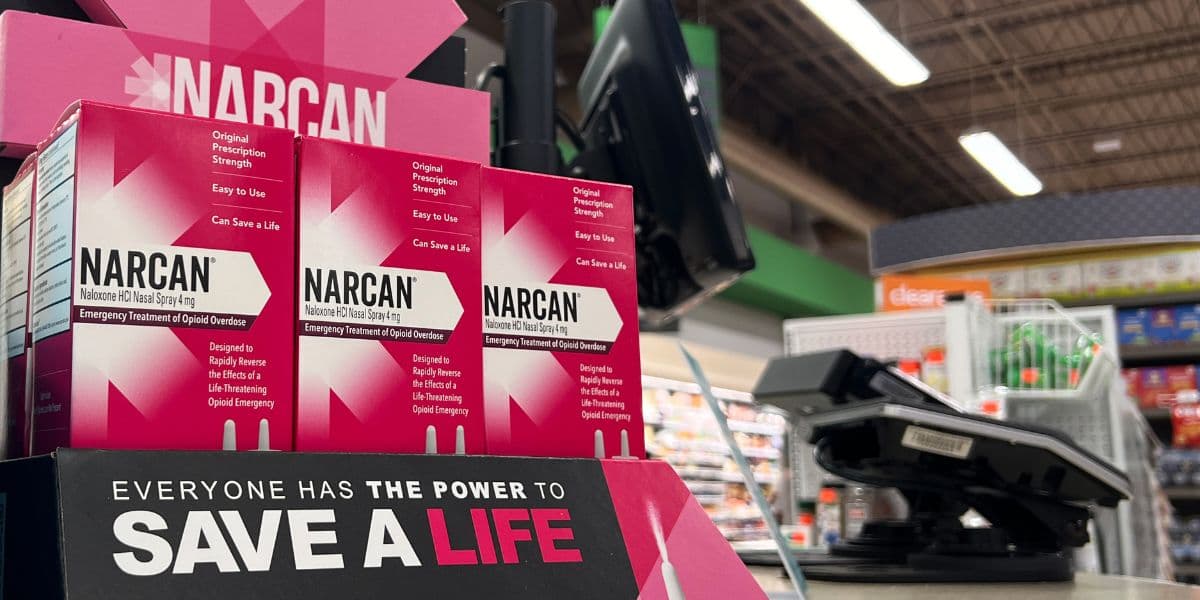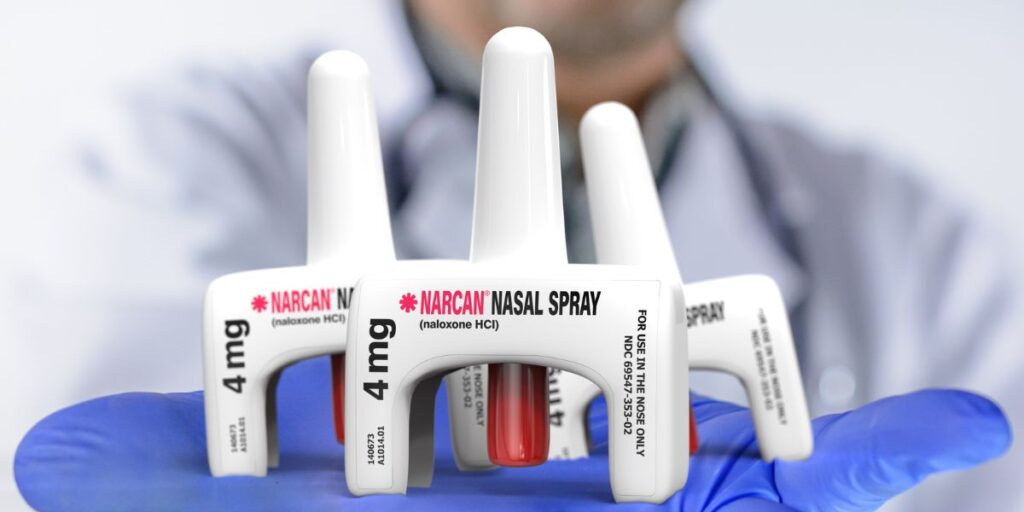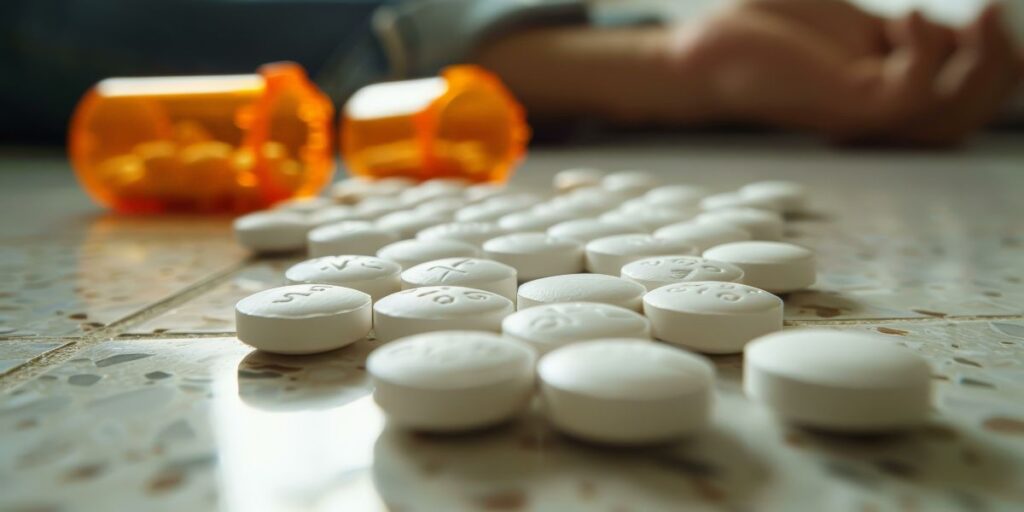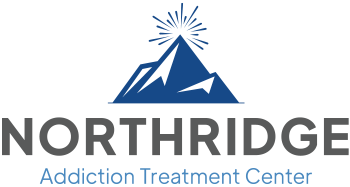Narcan: The Opioid Reversal Drug that Saves Lives

Narcan, the brand name for naloxone, is a life-saving medication that quickly reverses the dangerous effects of an opioid overdose, such as difficulty breathing. Healthcare professionals and bystanders alike can administer Narcan, which is available in user-friendly forms like nasal spray. Now, pharmacies in the United States can sell it without a prescription. This shows its importance in public health efforts to combat the opioid crisis.
What Is Narcan?
Narcan is a brand of naloxone, a drug the Food and Drug Administration (FDA) approves to treat overdoses from opioids.
Narcan nasal spray helps stop an overdose by blocking its effects. It can be given as a shot, but the nasal spray is used more often because it’s fast and easy to use.
What Does Narcan Do?
In the United States, naloxone is typically available for purchase at numerous pharmacies without a prescription. Most insurance plans cover it, which frequently doesn’t require a prescription. However, in specific locales, obtaining medication may require authorization. It is prudent to consult your physician or apothecary to ascertain whether such a mandate applies.
You can get a free download form from the Narcan website to ask for it at your pharmacy. They also often offer discount vouchers if your insurance doesn’t pay for them.
Anyone who can save lives should be able to get a Narcan prescription. This includes people like paramedics, doctors, social workers, and loved ones of those struggling with drug addiction. Often, doctors will also prescribe naloxone alongside opioid painkillers as a preventive measure.
Harm reduction centers and community programs can help you get Narcan and teach you how to use naloxone properly.

How to Administer Narcan
Narcan Nasal Spray is used like any typical nasal spray. Here are the steps:
- Take the nasal spray out of the naloxone kit
- Insert the nozzle tip into one nostril until your fingers make contact with the nose
- Press the plunger with force to administer the Narcan dosage
- Remove the Narcan Nasal Spray from the nostril after the dose has been administered
In some cases, reversing an overdose might require multiple doses of Narcan. If multiple doses are needed, you should alternate nostrils for each administration.
As an injectable, naloxone is available in a premeasured autoinjector device, similar to an epi-pen. To use it, you hold the device against the thigh and press the plunger to administer the medication.
If someone is overdosing, call 911 immediately and continue to administer naloxone if additional doses are available. Keep giving doses until the person becomes responsive or until emergency help arrives.
How Narcan Works
Naloxone works by counteracting the impact of opioids.
Opioid receptors are dispersed across the brain and central nervous system, where opioids attach and generate a euphoric effect, which could result in an overdose. Narcan, an opioid adversary, functions by ousting the opioids from these receptors and substituting them, thus preventing the consequences of an overdose.
The National Institute on Drug Abuse (NIDA) states that naloxone stays effective in the body for a duration of 30 to 90 minutes. Nonetheless, certain opioids, especially in large quantities, can linger in the body for a more extended period. Hence, it is vital to promptly seek subsequent medical care after giving Narcan, even if the person seems alert, to avert a possible re-overdose.
Can Drugs Is Narcan Used For?
Naloxone is distinctly effective in reversing opioid overdoses. If you think someone has taken drugs or overdosed on opioids, it’s a good idea to give them Narcan.
Narcan can reverse the effects of opioids in a person’s system, but it won’t work on other substances. Helping someone breathe again and allowing emergency services to assist in a critical situation is important.
Narcan Side Effects
Side effects of Narcan are rare and typically mild. Some people might have an allergic reaction, leading to discomfort. The dangers of overdosing always outweigh the potential for an allergic response.
Narcan should always be given if an overdose is suspected. It has no side effects for healthy people or those overdosing on non-opioid drugs.
Narcan may cause allergic reaction symptoms and other negative side effects, including:
- Inflammation of the lips, face, or throat
- Itching
- Allergic reactions such as hives
- Dry, congested, or sore nose
- Headaches
- Myalgia
- Bowel irregularity
- Dental pain
Opioid Withdrawal
For people with physical opioid dependence, naloxone may induce withdrawal symptoms. While these symptoms can be uncomfortable and potentially dangerous, it is far better to be alive and uncomfortable than to risk overdose death.
Post administration, one may experience opioid withdrawal symptoms such as:
- Upset stomach and throwing up
- Migraine
- Loose stools
- High temperature
- Tremors
- Perspiration
- Hypertension
- Stomach cramps
- Irritability
- Hostility
- Inability to stay still
The NIDA suggests that doctors provide medication and medical detox for opioid withdrawal. They also recommend referring patients with opioid use disorder to addiction treatment programs.
How Do You Know When to Give Narcan?
Narcan should be given to anyone who seems to be experiencing an overdose, regardless of the uncertainty about the drugs they’ve consumed.
Since it has no adverse side effects, there’s no need to delay its administration until the person becomes unresponsive or stops breathing. You can give it to anyone, even pregnant women, because it won’t hurt the baby in the womb.
Should you perceive a person at risk, promptly administer a measure of naloxone and summon emergency services without delay.

Opioid Overdose Symptoms
Being aware of and identifying the symptoms of an opioid overdose and timely application of Narcan can mean the difference between survival and fatality. Not all overdoses will exhibit every symptom, but even without all symptoms, an overdose can still be fatal.
Indicators of an opioid overdose include:
- Depressed respiration, characterized by slow and inefficient breathing
- Diminished cardiac rhythm
- Low blood pressure (hypotension)
- Slow heart rate
- Pinpoint pupils
- Confusion or disorientation
- Difficulty speaking clearly
- Vomiting
- Choking or producing gurgling sounds
- Weak, flaccid limbs
- Inability to stay awake
- Unresponsiveness to external stimuli such as loud sounds or physical touch
- Bluish tint to lips, fingers, or toes (cyanosis)
Even if Narcan revives someone, it’s crucial to seek emergency medical assistance immediately following an overdose.
Opioid Addiction Treatment at Northridge Addiction Treatment Center
If you, a family member, or a loved one is struggling with an opioid use disorder and substance abuse, Northridge Addiction Treatment Center provides compassionate, evidence-based care to recover from addiction for life.
At Northridge Addiction Treatment Center, we tackle every aspect of opioid use disorders and co-occurring mental health disorders using a proven, personalized method. We offer onsite medical detox within our secluded residential treatment center to guarantee your safety and ease during withdrawal.
Our licensed and experienced staff is trained to assist you with your treatment program. They will help you identify the reasons behind your addiction. They will also provide you with the tools you need for a successful recovery.
Don’t hesitate to reach out— our caring treatment specialists are ready and eager to help you. Reach out now to begin a life in recovery.
Find Meaningful Recovery
Our caring and compassionate specialists are eager to help you comfortably navigate this journey to recovery. Our individualized treatment plan, programs, and therapies may be a perfect match for you or your loved one. Let us assist you in living the happy life you deserve. It starts with a phone call.




